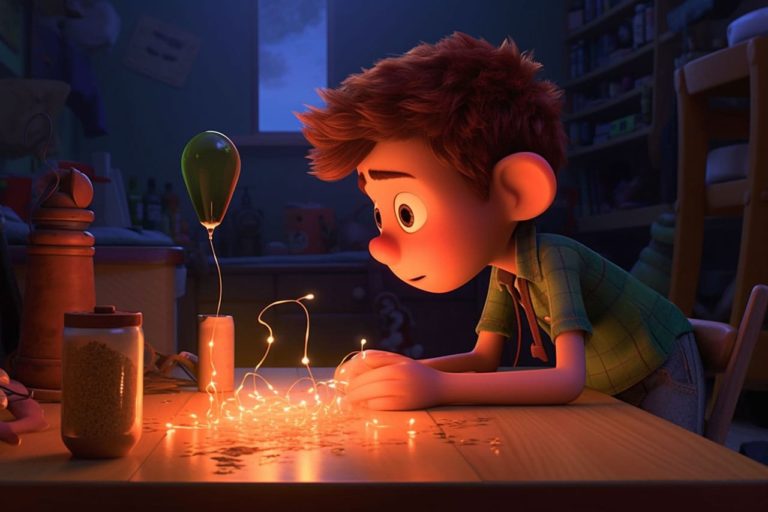The advent of technology has had a profound impact on virtually every aspect of modern life, including the world of art and design. From digital art and photography to 3D printing and virtual reality, technology has enabled artists and designers to create new and innovative works that were previously impossible. In this article, we’ll explore the impact of technology on art and design, examining the ways in which new technologies are shaping the way we create and experience works of art.
Digital Art and Photography
Perhaps the most visible impact of technology on art and design is the rise of digital art and photography. Digital technology has made it possible for artists and photographers to create works of art that are more precise, more detailed, and more complex than ever before. Digital cameras and software programs like Photoshop allow photographers to manipulate and edit images in ways that were once impossible, while digital art programs like Illustrator and Procreate enable artists to create intricate works of art with ease.
3D Printing and Sculpture
3D printing is another technology that is having a profound impact on art and design. With 3D printing, artists and designers can create three-dimensional objects of virtually any shape or size, using a variety of materials. This technology is revolutionizing the way that sculptures are created, making it possible to create highly detailed and complex works that were once impossible.
Virtual Reality and Installation Art
Virtual reality is another technology that is changing the way we experience art and design. With virtual reality, artists and designers can create immersive environments that allow viewers to explore and interact with works of art in new and innovative ways. This technology is particularly useful in installation art, where the artist creates an entire environment for the viewer to experience.
Digital Design and Animation
In addition to digital art and photography, technology has also had a significant impact on the world of design and animation. From graphic design to web design to animation, new technologies are making it possible to create works that are more complex, more detailed, and more immersive than ever before. Software programs like Adobe Creative Suite and Maya allow designers and animators to create highly detailed and realistic works that were once impossible.
Conclusion
The impact of technology on art and design cannot be overstated. From digital art and photography to 3D printing and virtual reality, new technologies are changing the way we create and experience works of art. While some traditionalists may view these new technologies as a threat to traditional art forms, the reality is that they are enabling artists and designers to create new and innovative works that were once impossible.
Frequently Asked Questions
Q: How has technology impacted the world of art and design?
A: Technology has had a profound impact on the world of art and design, enabling artists and designers to create new and innovative works that were once impossible. From digital art and photography to 3D printing and virtual reality, new technologies are changing the way we create and experience works of art.
Q: What is digital art, and how has it been impacted by technology?
A: Digital art refers to works of art that are created using digital technology, such as digital cameras, software programs like Photoshop, and digital art programs like Illustrator and Procreate. Technology has made it possible for artists to create works that are more precise, more detailed, and more complex than ever before.
Q: What is 3D printing, and how is it changing the way we create sculptures?
A: 3D printing is a technology that enables artists and designers to create three-dimensional objects of virtually any shape or size, using a variety of materials. This technology is revolutionizing the way that sculptures are created, making it possible to create highly detailed and complex works that were once impossible.
Q: What is virtual reality, and how is it being used in art and design?
A: Virtual reality is a technology that enables artists and designers to create immersive environments that allow viewers to explore and interact with works of art in new and innovative ways. This technology is particularly useful in installation art, where the artist creates an entire environment for the viewer to experience.
Q: How has technology impacted the field of design and animation?
A: Technology has had a significant impact on the world of design and animation, enabling designers and animators to create highly detailed and realistic works that were once impossible. Software programs like Adobe Creative Suite and Maya allow designers and animators to create works that are more complex, more detailed, and more immersive than ever before.
Q: What is the future of technology in art and design?
A: The future of technology in art and design is exciting and ever-changing. As technology continues to advance, new and innovative ways of creating and experiencing works of art will continue to emerge. Whether through virtual reality, 3D printing, or other new technologies, artists and designers will continue to push the boundaries of what is possible, creating works that are both beautiful and meaningful.
